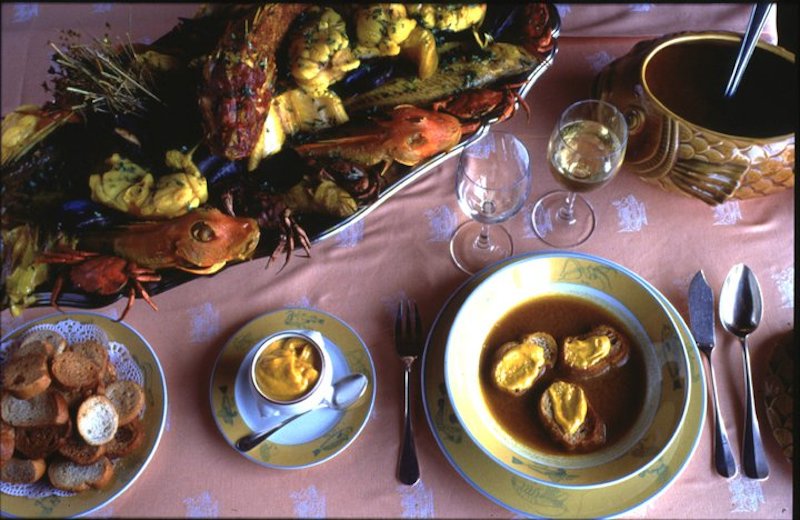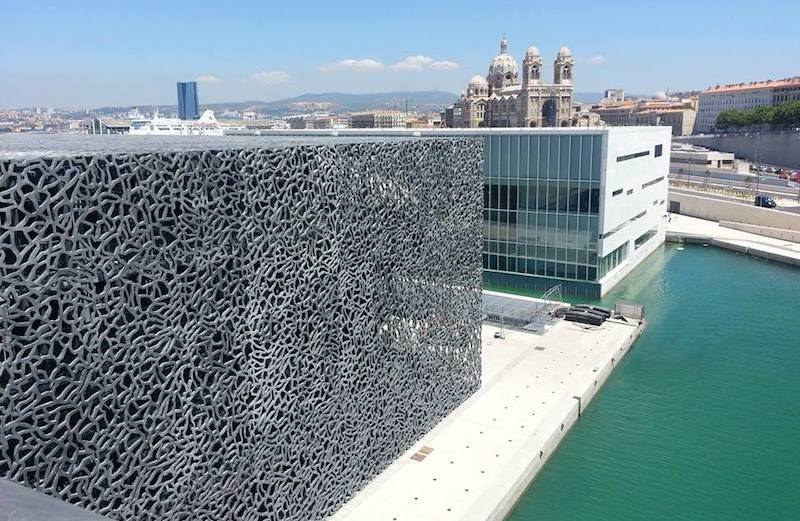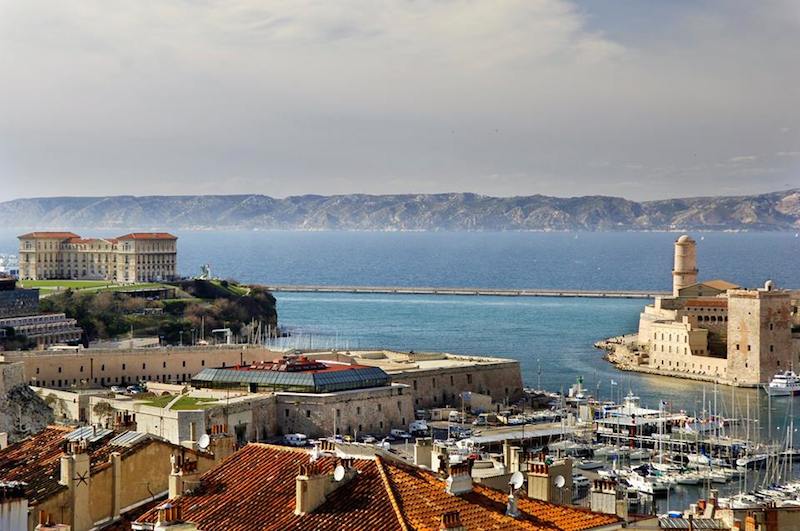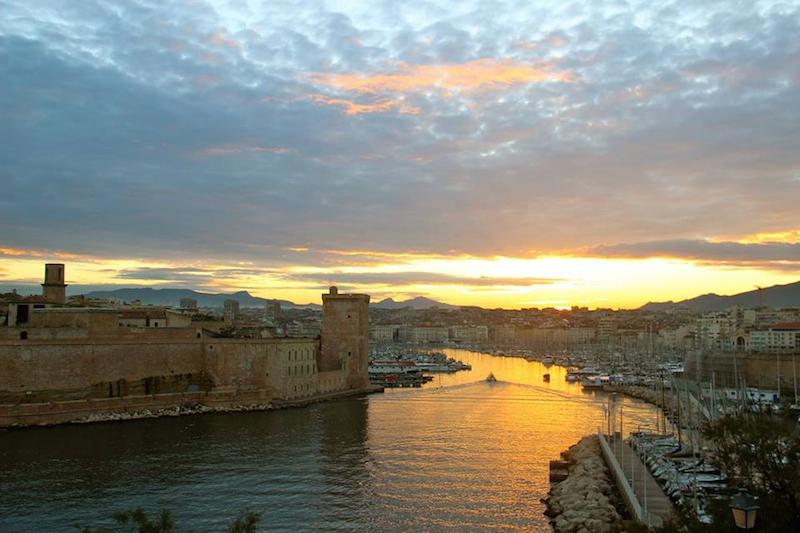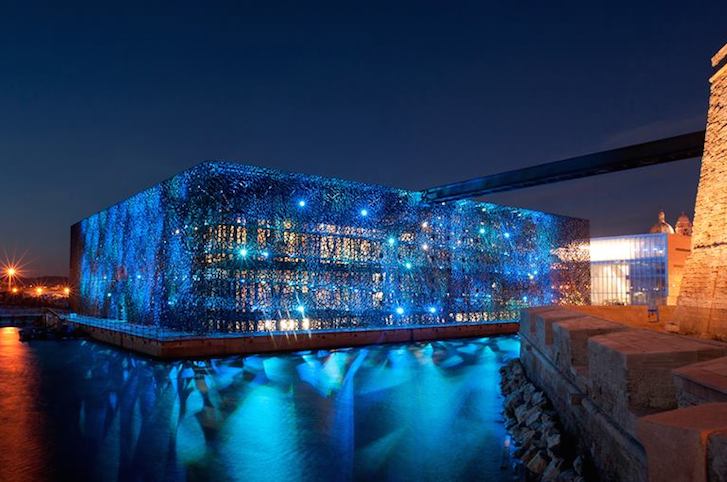 Some years ago, thanks in part to a certain best-selling novel and an Oscar-winning film, Marseille had such a raffish reputation that its natural attributes were often overlooked. Situated on one of the world’s most beautiful harbors with more than 35 miles of coastline, France’s second largest city offers 300 days of sunshine a year complemented by some of the best of Mediterranean gastronomy, including its celebrated bouillabaisse.
Some years ago, thanks in part to a certain best-selling novel and an Oscar-winning film, Marseille had such a raffish reputation that its natural attributes were often overlooked. Situated on one of the world’s most beautiful harbors with more than 35 miles of coastline, France’s second largest city offers 300 days of sunshine a year complemented by some of the best of Mediterranean gastronomy, including its celebrated bouillabaisse.
As a student in the South of France, I recall being so intrigued by the reputedly nefarious nocturnal activities that I would wander the city after dark in search of something that would entertain my host family the next morning at breakfast.
That was then. More than ever before, Marseille has undergone a remarkable transformation that has resulted in stunning 21st-century architecture by world-famous architects such as Zaha Hadid, Norman Foster, and Jean Nouvel, as well as the city’s 2013 designation as the European Capital of Culture. Marseille’s brilliant new Museum of European and Mediterranean Civilizations (MuCEM) opened in 2013—and consequently won the prestigious Council of Europe Museum Prize. The first museum in the world devoted solely to Mediterranean cultures, MuCEM is located at the entrance to the harbor and features several restaurants and a panoramic terrace.
Located throughout the city’s 16 districts, Marseille’s 20 museums cover the expanse of history in France’s oldest city. Founded more than 2,600 years ago, Marseille retains elements of its Greek and Roman origins and many of the museums’ collections are repositories of antiquity with necropoles and Greek ramparts.
A renewed focus on the city’s maritime heritage has recreated the Old Port as an attractive venue for both locals and visitors. Reconfigured by English architect Norman Foster with a landmark canopy, Marseille’s Old Port is now far more accessible for pedestrians thanks to the reduction of vehicular traffic from nine lanes to four along the Quai des Belges.
Marseille’s main thoroughfare, La Canebière, is lined with 19th-century Haussmann-style buildings, while the imperial palace of Napoleon III, Palais du Pharo, towers above the sea, surrounded by landscaped gardens that make for leisurely strolls.
Formerly the property of the Borely family, Château Borély was built in 1766, with a 42-acre park that featured a lake and various gardens and lawns. Completely restored in 2013, Château Borély currently houses the Museum of Decorative Arts and Fashion with collections from the 17th century to the present. An exhibition entitled Futurist Fashion chronicles the work of designers André Courrèges and Paco Rabanne.
Throughout the year, the city’s 1.2 million inhabitants welcome numerous festivals, such as the Marseille 5 Continents Jazz Festival, which runs from 16-24 July 2015 and the World Music Festival in October 2015. Septembre en Mer brings Marseille’s month-long Mediterranean-influenced festival.
Regardless of when you arrive in Marseille, the city’s 111 neighborhoods offer a plethora of options to celebrate Mediterranean life.

